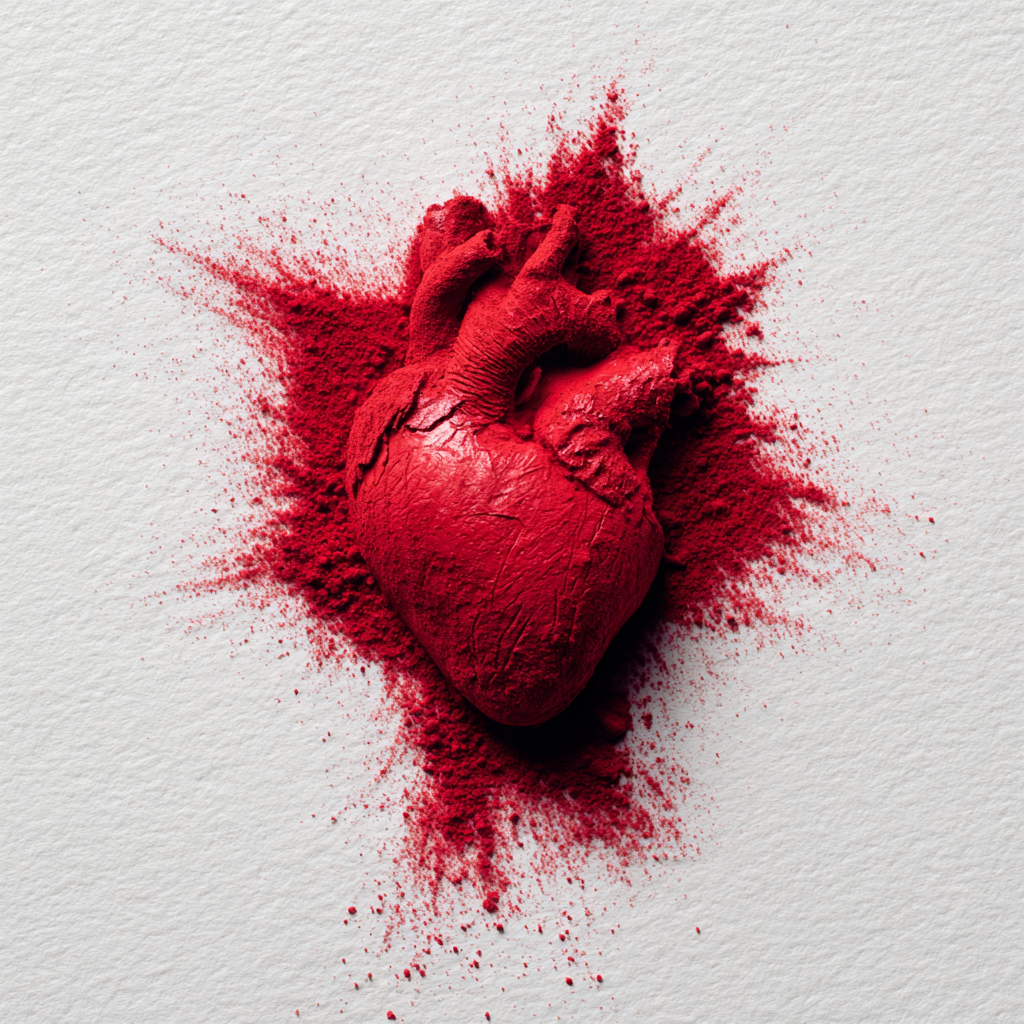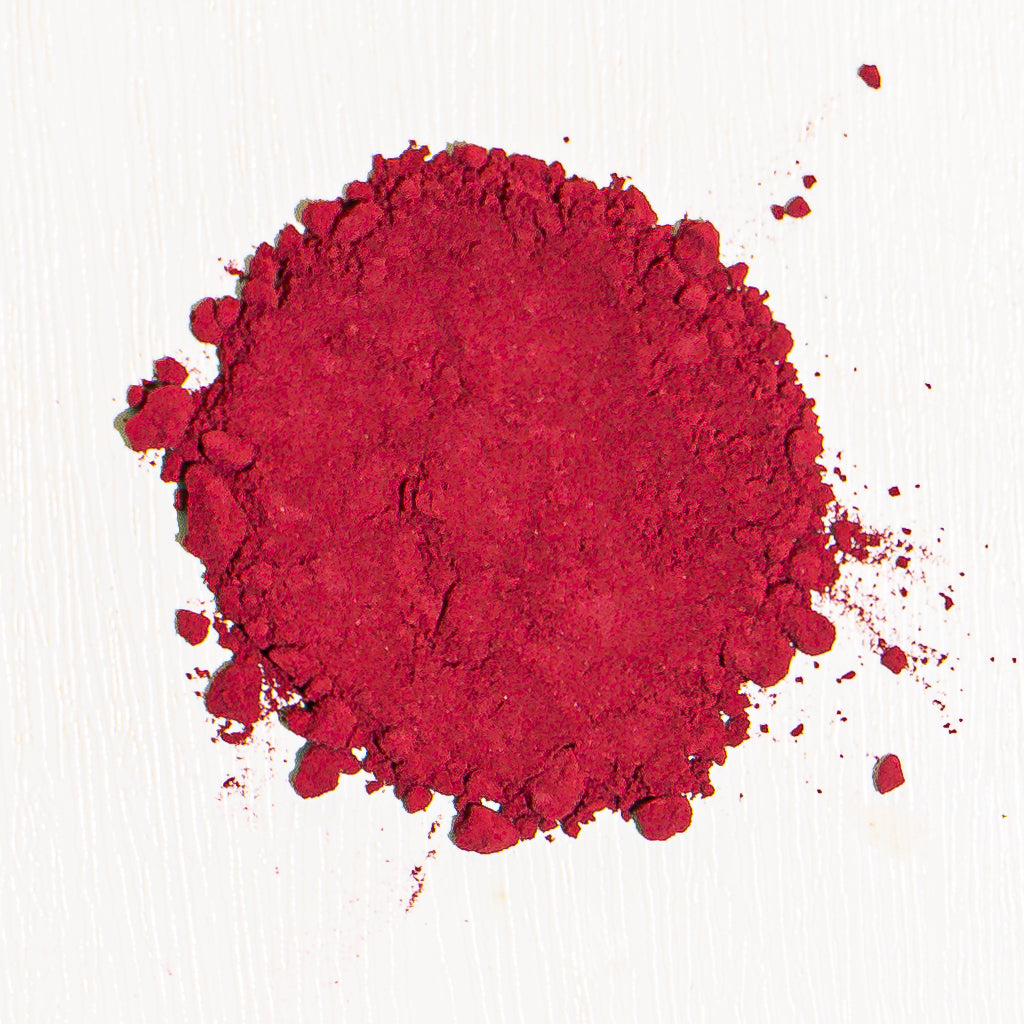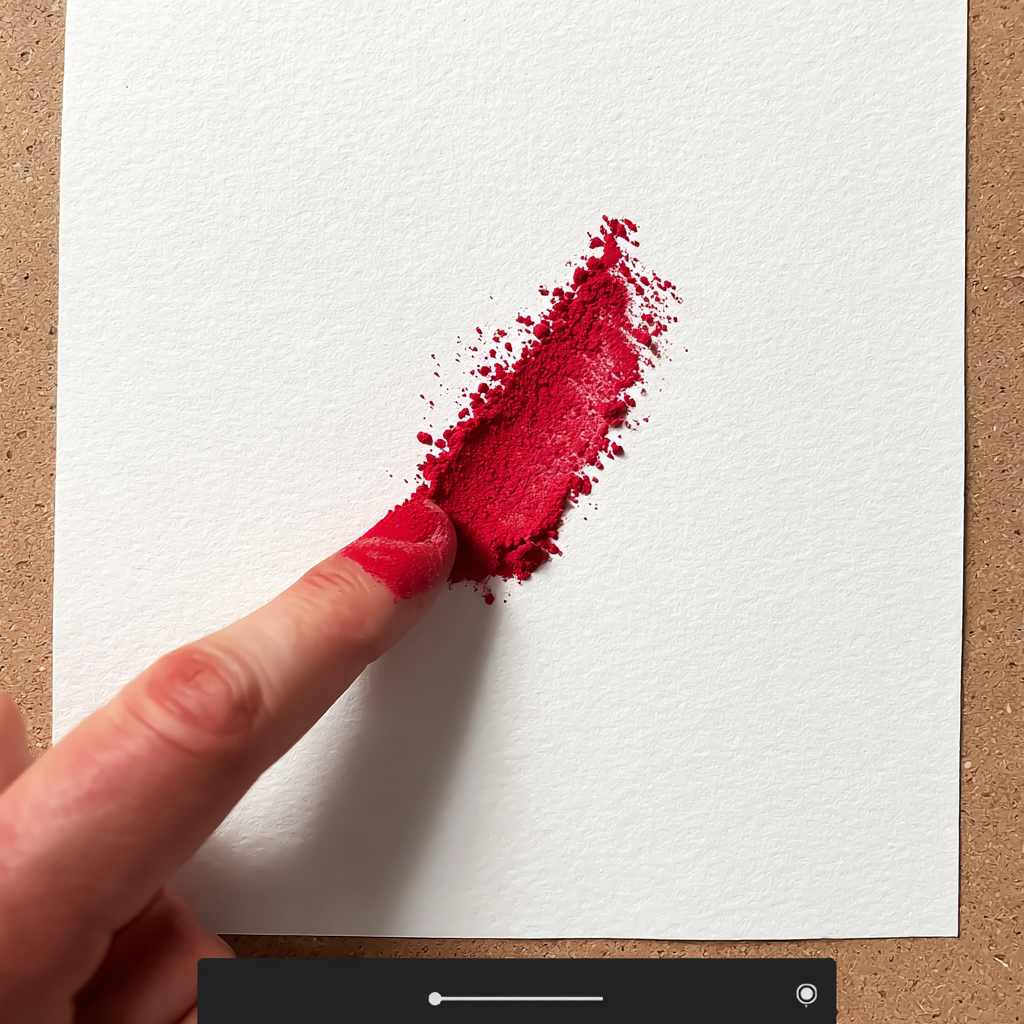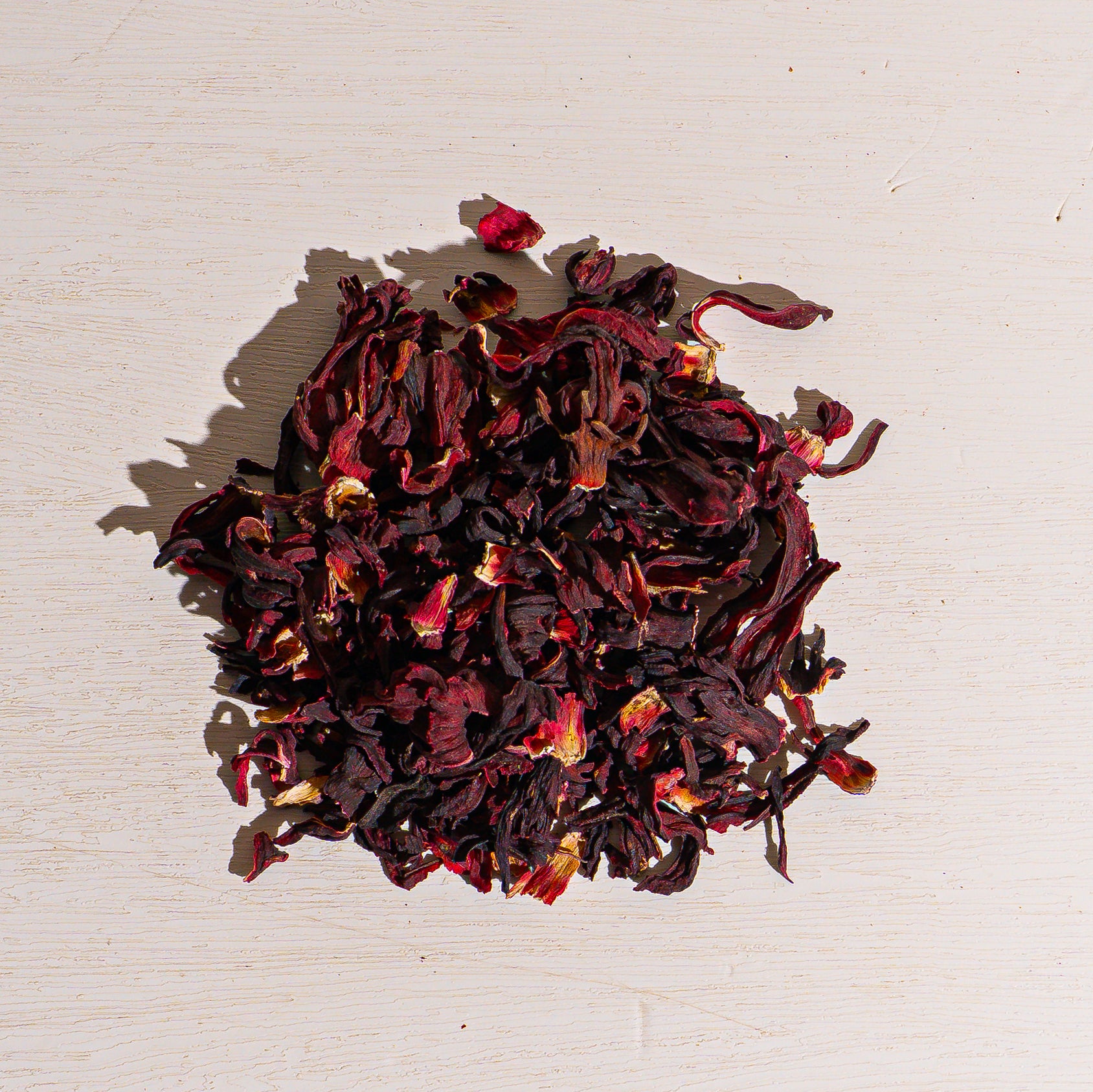

Organic Hibiscus Matcha
Our newest sensation, Hibiscus matcha.
Bright, tangy, and packed with antioxidants, our Hibiscus Matcha is made from 100% ground hibiscus petals — no fillers, no fluff.
Unlike traditional hibiscus powder, our Hibiscus Matcha is ground using a Japanese matcha mill, giving it the same ultra-fine, silky texture as green tea matcha. This smooth consistency means it blends effortlessly into lattes, iced drinks, smoothies, and more—without clumping or grittiness.
Regular hibiscus powder is often coarse and harder to work with in beverages. Ours is designed specifically for versatile, high-end drink crafting.
Get it now at half the price — while supplies last.
Luxury Ingredients: Hibiscus Flower Powder
CAFFEINE CONTENT | NONE
Why Hibiscus Matcha?
-

High in Antioxidants
Packed with anthocyanins, this ground tea will help fight oxidative stress, support heart health, and reduce inflammation naturally.
-

Pure, Potent, & Vibrantly Tart
Our Hibiscus Matcha is made from just one ingredient: dried hibiscus petals, finely stone-ground into a smooth powder. No additives, no blends — just vibrant flower power.
-

Mix It Your Way
Use it solo with water or lemon, stir into lemonade, blend into smoothies, or make a bright pink latte. Its deep color and tangy kick make it a creative go-to.





